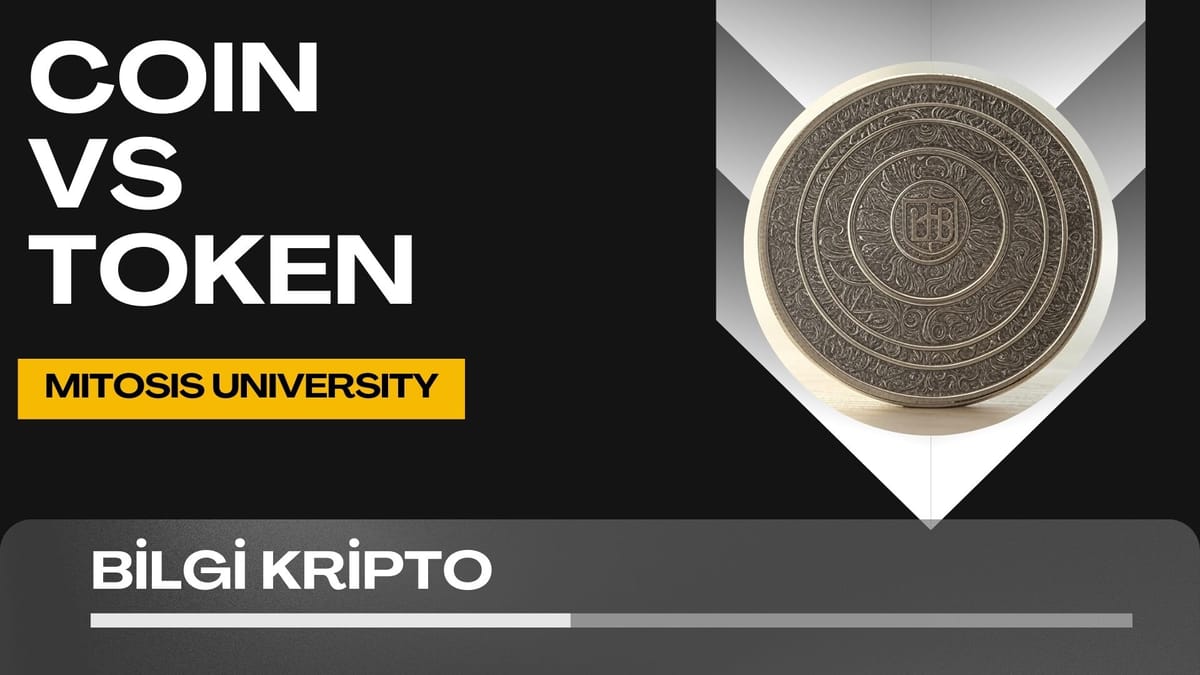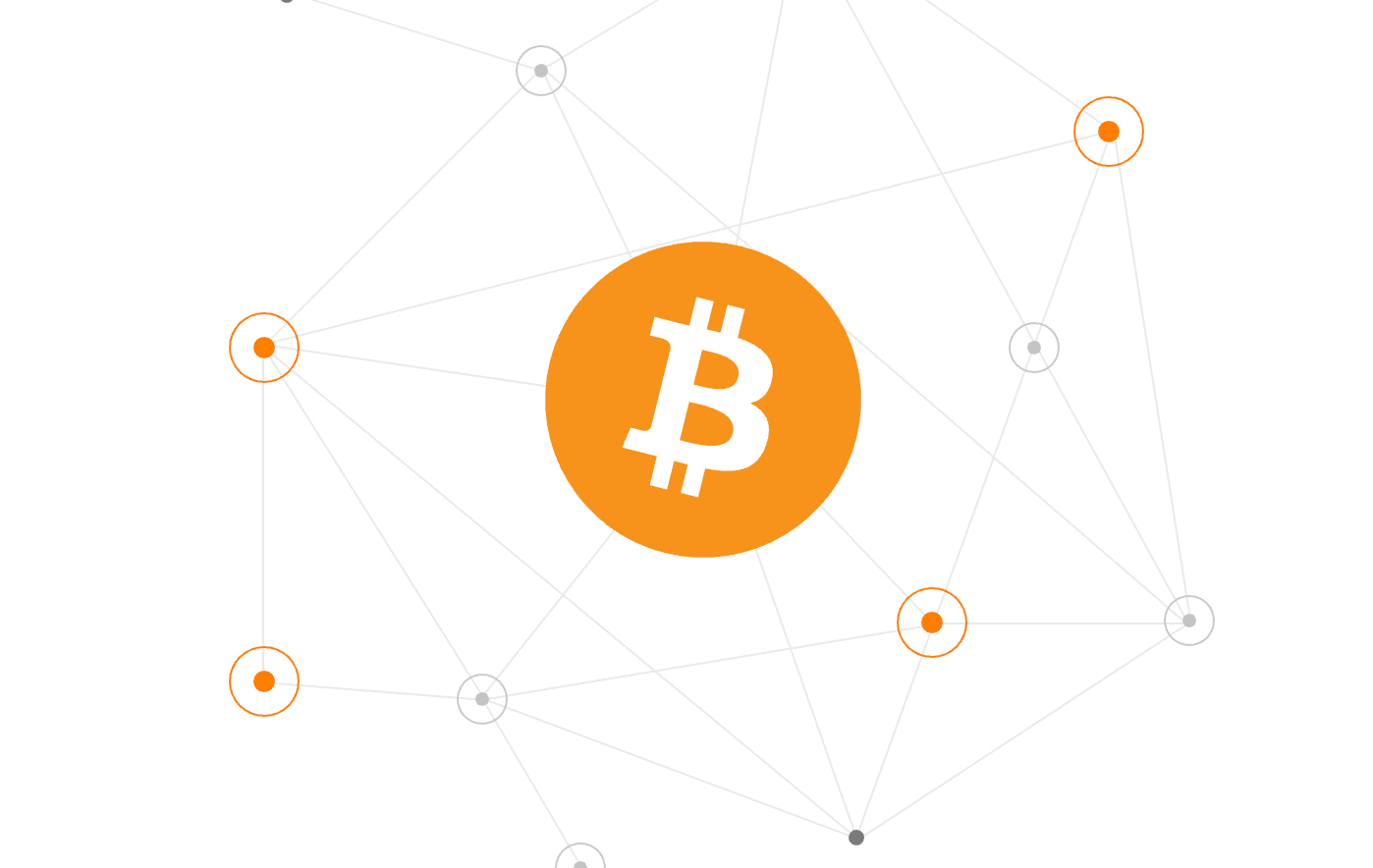What is the Difference Between a Coin and a Token?

In the world of cryptocurrencies, two terms are frequently used but often confused: Coin and Token. While they may seem interchangeable, there are fundamental differences between them. So, what is the real difference between a coin and a token? Is a token a type of cryptocurrency? How can we distinguish between them? Let's explore the answers in this article.
What is a Coin?
A coin refers to a digital asset that operates on its own blockchain network. It functions independently and has its own technological infrastructure.
Examples include Bitcoin (BTC), Ethereum (ETH), BNB, and Solana (SOL). These assets operate on their own blockchain networks and are often used as a means of payment.
Key characteristics of coins:
- They have their own independent blockchain.
- Transactions are executed on their own networks.
- They are generally used for storing value or as a medium of exchange.

What is a Token?
A token is a digital asset built on top of an existing blockchain network. It does not have its own blockchain and relies on an underlying platform like Ethereum, BNB Chain, or Solana.
For example, Shiba Inu (SHIB), Chainlink (LINK), and Uniswap (UNI) are all ERC-20 tokens created on the Ethereum blockchain.
Key characteristics of tokens:
- They do not have their own blockchain.
- They are quicker and cheaper to develop.
They usually serve as utility tools within a specific application or platform.

Key Differences Between a Coin and a Token
| Feature | Coin | Token |
|---|---|---|
| Blockchain | Operates on its own blockchain | Built on another blockchain |
| Use Case | Store of value, medium of exchange | Platform usage, rewards, access |
| Examples | BTC, ETH, SOL, BNB | SHIB, LINK, AXS, MANA |
| Development | More complex and costly | Faster and easier |
Subcategories of Tokens
Tokens can also be classified into different types based on their purpose:
Stablecoin
Digital currencies pegged to real-world assets or fiat currencies (USD, EUR).
Example: Tether (USDT), USD Coin (USDC)
Utility Token
Used to perform operations within a specific platform or application.
Example: BNB in the Binance ecosystem (initially a token, later became a coin)
Security Token
Represents ownership in real-world assets like shares or real estate.
NFT (Non-Fungible Token)
A type of token that represents unique digital assets.
These can include digital art, virtual real estate, gaming items, and more.
Example: Bored Ape Yacht Club NFTs, land plots in Decentraland
In Summary
- Coins are independent cryptocurrencies with their own blockchains.
- Tokens operate on existing blockchain networks.
- While coins may serve as a future form of money, tokens are often limited to specific platforms.
- Categories like stablecoins and NFTs highlight the expanding use cases of tokens in the crypto ecosystem.
Final Thoughts
Today, tokens are just as important as coins in the cryptocurrency landscape. With the rise of DeFi, NFTs, and GameFi, tokens have become essential to the growth and innovation of blockchain technology.
If you are analyzing a project, knowing whether it is a coin or a token will help you better understand its infrastructure, vision, and potential



Comments ()